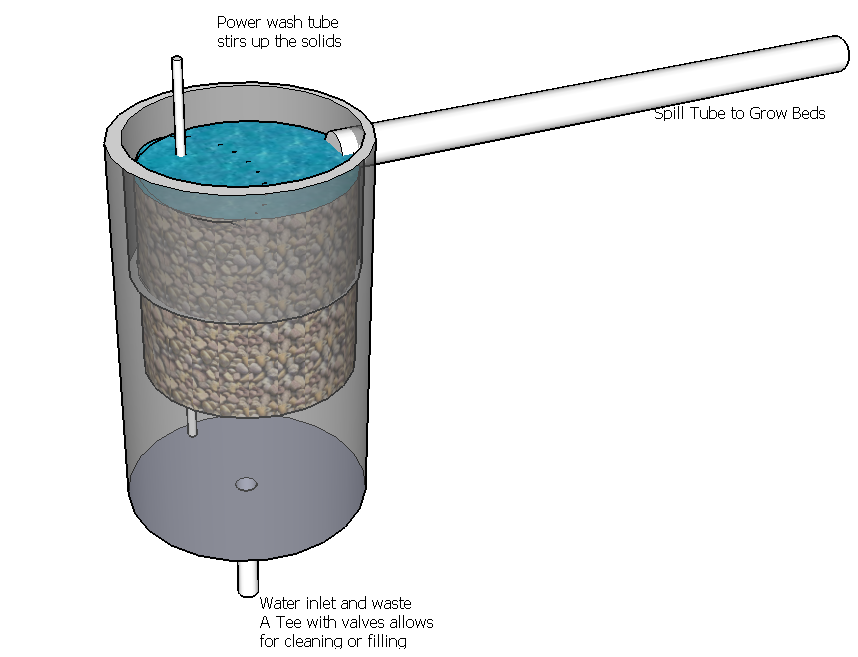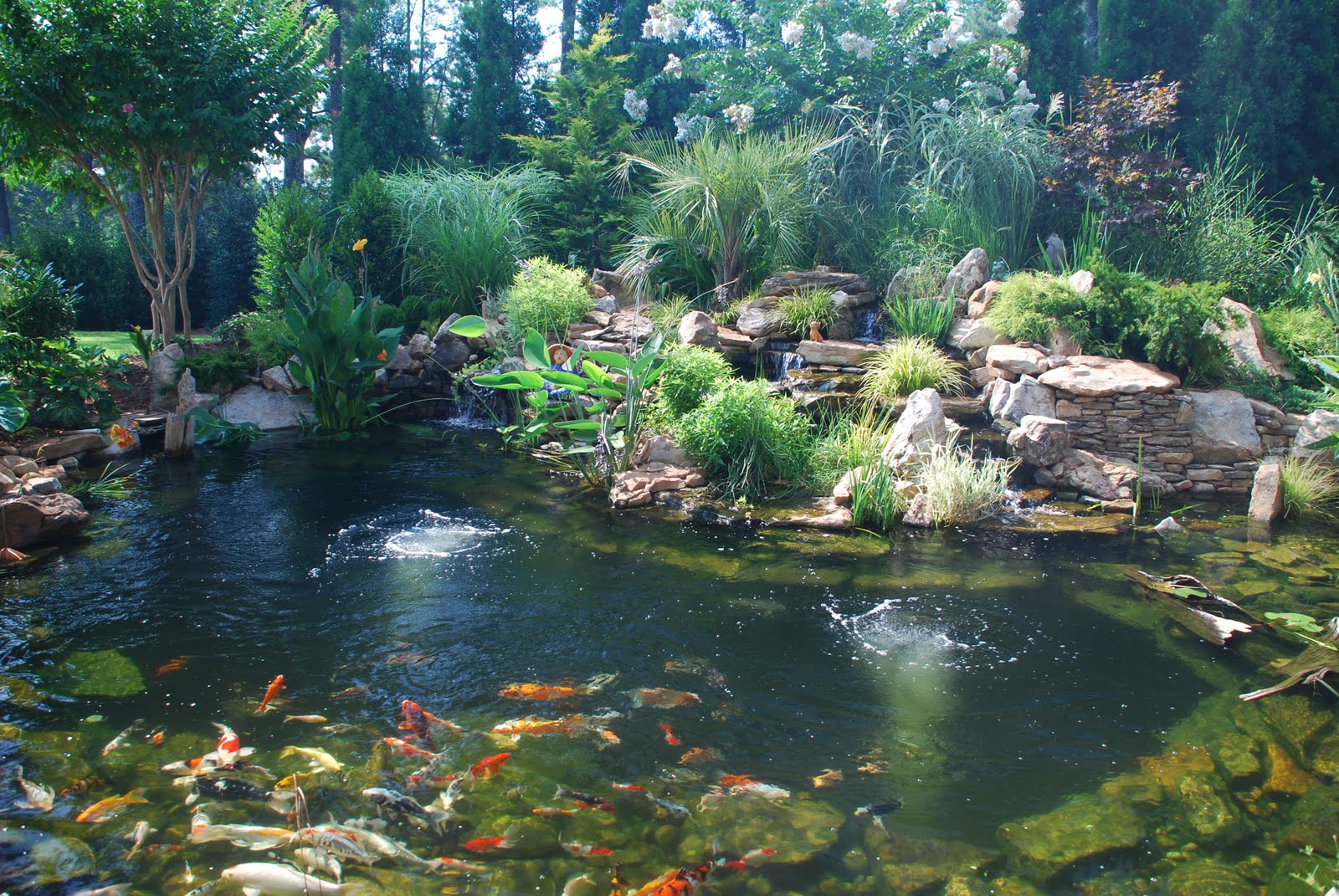
Building a Koi Pond: Essential Tools, Materials, and Steps
Introduction
A koi pond is a beautiful addition to any backyard, adding color, life, and a calming atmosphere to your outdoor space. However, building a koi pond is not as simple as digging a hole and filling it with water. There are important steps to take and materials to use to ensure the longevity and health of your koi fish. In this article, we will go over the essential tools, materials, and steps needed to build a successful koi pond.
Location
The first step in building a koi pond is choosing the right location. Koi fish need plenty of sunlight and shade, and they can be sensitive to temperature fluctuations. You should choose a location that receives sunlight for at least 6 hours a day but is protected from strong winds.

Size
Once you have chosen the location for your koi pond, it’s time to determine its size. The size of your pond will depend on the number of koi fish you plan to raise. A general rule of thumb is to have at least 500 gallons of water for the first koi fish, and an additional 250 gallons for each additional koi fish. A 1,000-gallon pond can house up to four medium-sized koi fish.
Tools and Materials
To build a koi pond, you will need the following tools and materials:
- Excavator or shovel
- Level
- Pond liner
- Pond underlayment
- Biofilters and skimmers
- Water pump
- Swimming pool chlorine

Excavation
Excavation is the process of digging the hole for your koi pond. You can hire an excavator or you can do it yourself with a shovel. Make sure the hole is level and has a depth of at least 3 feet to ensure the koi fish can thrive.

Pond Liner and Underlayment
After excavation, you will need to line the pond with a pond liner and underlayment. The underlayment is a protective barrier between the pond liner and the ground to prevent punctures. The liner is usually made of PVC or EPDM and should be at least 45 mil thick for durability.
Biofilters and Skimmers
Biofilters and skimmers are crucial for maintaining the water quality in your koi pond. Biofilters help break down the fish waste and other debris in the water, while skimmers remove floating debris before it sinks to the bottom. These tools help keep your koi fish healthy and reduce the need for frequent water changes.

Water Pump
A water pump is necessary to circulate the water in your koi pond and keep it oxygenated. The pump should be strong enough to circulate the entire volume of water in the pond at least once every hour. You should also install a fountain or waterfall to create aeration and surface water movement.

Chlorine
Swimming pool chlorine can be used to control the algae growth in your koi pond. However, you should use it sparingly and avoid adding it directly to the water. Instead, fill a bucket with pond water and add the chlorine to the bucket before pouring it back into the pond.
Additions
Once you have the basic infrastructure set up, you can experiment with different additions to your koi pond to improve its aesthetic appeal. These can include rocks, water plants, and even a bridge or waterfall. Just make sure any additions are safe for the koi fish and do not affect the water quality.

Conclusion
Building a koi pond can be a rewarding project that adds beauty and tranquility to your backyard. By following these essential steps and using the right tools and materials, you can create a healthy and thriving environment for your koi fish to call home.